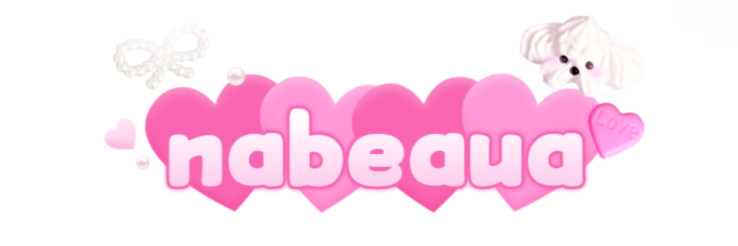Artificial Turf Backings Compared; Latex or Polyurethane, which is better?
When it comes to choosing the right artificial turf, one of the most critical decisions revolves around the backing material. Among the most common options are latex and polyurethane backings. Each type has distinct qualities that make it more suitable for specific applications and environments. In this article, we will break down the differences between latex and polyurethane backings to help you determine which option is better for your needs.
If you want to learn more, please visit our website Artificial Turf Backings Compared; Latex or Polyurethane, which is better?.
Understanding Artificial Turf Backings
Before diving into the specifics, let’s briefly explore what backing materials are. Turf backings provide structural support and stability, ensuring that the blades of grass remain intact and the overall material behaves as intended over time. The choice of backing can significantly influence factors like durability, drainage, and overall comfort.
Latex Backing: Pros and Cons
Advantages of Latex Backing
Affordability: One of the most appealing aspects of latex backings is their cost-effectiveness. They are generally cheaper than their polyurethane counterparts, making them a popular choice for budget-conscious buyers.
Flexibility: Latex is a flexible material that can adapt to various surfaces. This trait can be beneficial when installing turf over uneven terrain or in applications like residential lawns or pet areas.
Ease of Installation: Latex-backed turf is often easier to install due to its lightweight nature. This can save both time and labor costs, particularly for DIY enthusiasts.
Disadvantages of Latex Backing
Durability Issues: While latex is flexible, it may not be as durable as polyurethane. Over time, especially in harsh weather conditions, latex can become brittle and break down, leading to shorter lifespans for your turf.
Limited Drainage: Latex typically does not provide as effective drainage as some polyurethane options, which can lead to issues in areas with heavy rainfall or in regions that require frequent cleaning.
Polyurethane Backing: Pros and Cons
Advantages of Polyurethane Backing
Enhanced Durability: Polyurethane is renowned for its robust strength, making it less prone to wear and tear. It withstands weather changes, UV exposure, and heavy foot traffic better than latex backings, offering a longer lifespan.
Superior Drainage: If you live in an area that experiences significant rain or you plan to have heavy use on your turf, polyurethane backings typically provide better drainage. This can help reduce water pooling and promote healthier turf conditions.
Additional reading:
Food Grade Magnesium Hydroxide: Benefits and Uses in 2025Eco-Friendly Choices: Many polyurethane products are now available as environmentally friendly options, which can appeal to those looking for sustainable solutions.
Disadvantages of Polyurethane Backing
Higher Initial Cost: The durability and superior qualities of polyurethane backings often come with a higher price tag. For some buyers, this upfront expense can be a deterrent.
Heavier Material: Polyurethane is generally heavier than latex, which may lead to more labor-intensive installation processes.
Which is Better: Latex or Polyurethane?
The answer to this question largely depends on your specific needs.
For Affordability and Flexibility: If you are working with a tight budget and require a material that is easy to install, latex backing might be the right choice for you. It’s ideal for residential lawns, play areas, or as temporary solutions.
For Long-Term Investments: If you’re looking for longevity and resilience—especially for high-traffic areas like sports fields or commercial properties—polyurethane backing is the better option. The increased initial investment can be offset by the longer lifespan and lower maintenance costs over time.
Conclusion
In summary, when weighing latex versus polyurethane backings for artificial turf, it’s essential to consider your specific circumstances and requirements. Each backing material has its strengths and weaknesses, so understanding how these aspects align with your usage will be critical in making the best choice. Whether you prioritize budget, durability, or drainage, both options have something to offer.
By taking the time to evaluate your needs against these factors, you can make a well-informed decision that enhances your outdoor space or project. After all, picking the right turf backing will not only affect the aesthetics of your lawn but also its functionality and longevity.
If you are looking for more details, kindly visit NBR Latex for safety gloves.
237
0
0



Comments
All Comments (0)